Name Pietro Consagra | ||
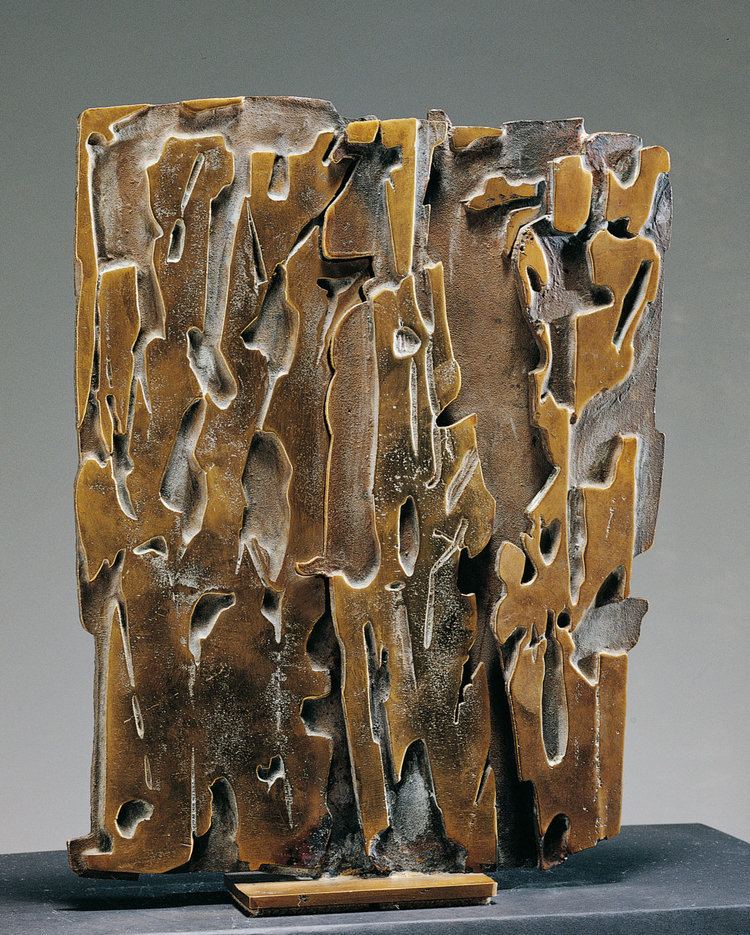 | ||
Died July 16, 2005, Milan, Italy | ||
Pietro consagra e la fiumara d arte tutta la storia 1 parte di 3 antonio presti
Pietro Consagra (October 4, 1920 – July 16, 2005) was one of Italy's leading postwar sculptors.
Contents
- Pietro consagra e la fiumara d arte tutta la storia 1 parte di 3 antonio presti
- Pietro consagra e la fiumara d arte tutta la storia 2 parte di 3 antonio presti
- Life
- References
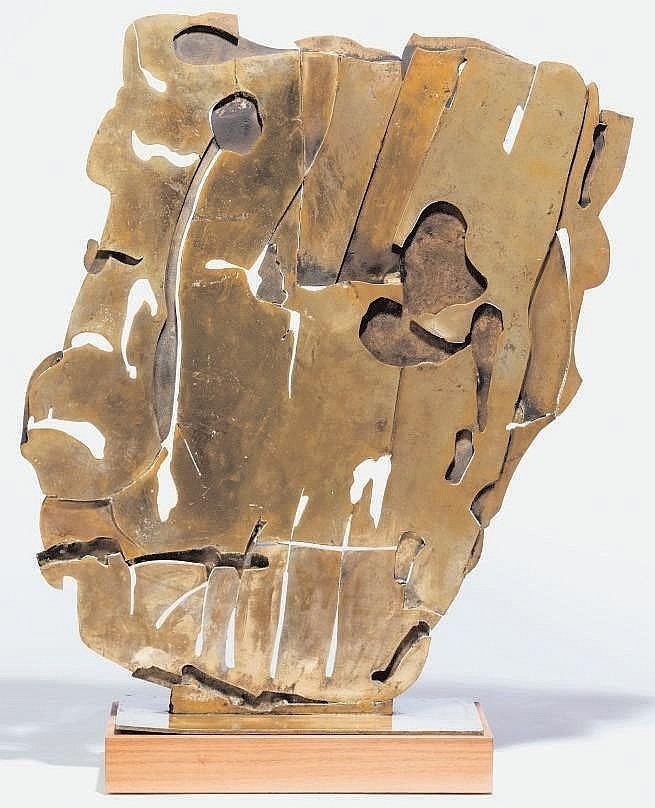
Pietro consagra e la fiumara d arte tutta la storia 2 parte di 3 antonio presti
Life

Consagra was born in Mazara del Vallo, a town in western Sicily, on October 4. His father, a traveling salesman, did not register his birth until October 6. Consagra attended the Accademia delle Belle Arti in Palermo. He moved to Rome in 1944, where he studied with the social realist painter Renato Guttuso. Influenced by a trip to Paris, where he saw the studios of Brâncuși, Picasso, and Giacometti, he became a founder of the "Forma I" group in 1947. This group championed abstract art at the expense of the dogmatically heroic canvases and sculpture approved by Marxists such as Guttuso. Consagra wrote an essay called "La Necessità della Scultura" (or "The Need for Sculpture") in 1952. It defended the importance of sculpture as a response to the accusation of the artist Arturo Martini that the medium was now a "dead language".
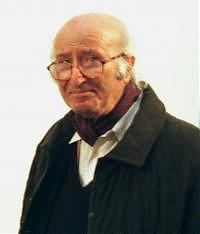
Steadily Consagra's work began to find an audience. Working primarily in metal, and later in marble and wood, his thin, roughly carved reliefs, began to be collected by Peggy Guggenheim and other important patrons of the arts. He showed at the Venice Biennale eleven times between 1950 and 1993, and in 1960 won the sculpture prize at the exhibition.
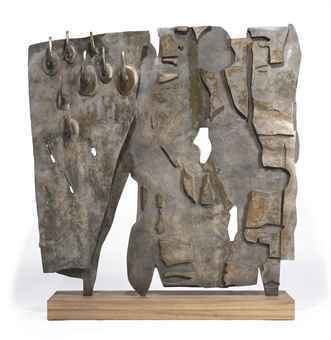
During the 1960s he was associated with the Continuità group, an offshoot of Forma I, and in 1967 taught at the School of Arts in Minneapolis. Large commissions allowed him to begin working on a more monumental scale, and works of his were installed in the courtyard of the Foreign Ministry in Rome and in the European Parliament, Strasbourg. His work is found in the collections of The Tate Gallery, London, in Museo Cantonale d'Arte of Lugano and the Museum of Modern Art, Paris, and the National Gallery of Art in Washington, D.C..
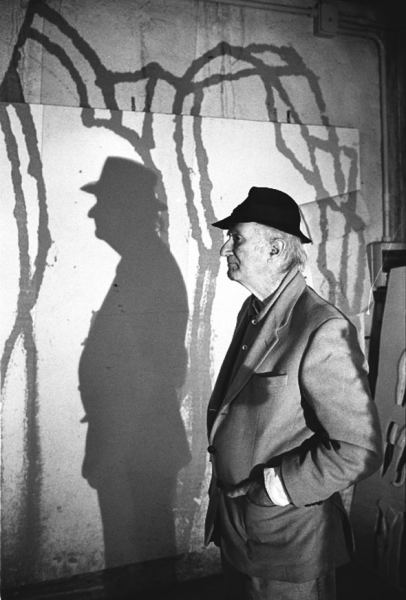
Consagra returned to Sicily where he sculpted a number of significant works during the 1980s. With Senator Ludovico Corrao, he helped created an open-air museum in the new town of Gibellina, after the older town had been destroyed in the earthquake of 1968. Consagra designed the gates to the town's entrance, the building named "Meeting" and the gates to the cemetery, where he was later buried.

A retrospective of Consagra's work was staged at the National Gallery of Modern Art in Rome in 1989, and two years later he became the first sculptor to show abstract work in the Hermitage, St. Petersburg. In 1980, he wrote an autobiography in Italian called Vita Mia or "My Life". He published a book of poetry in 1985 called Ci Penso Amo (ISBN L20000). He also wrote a book on city planning.
